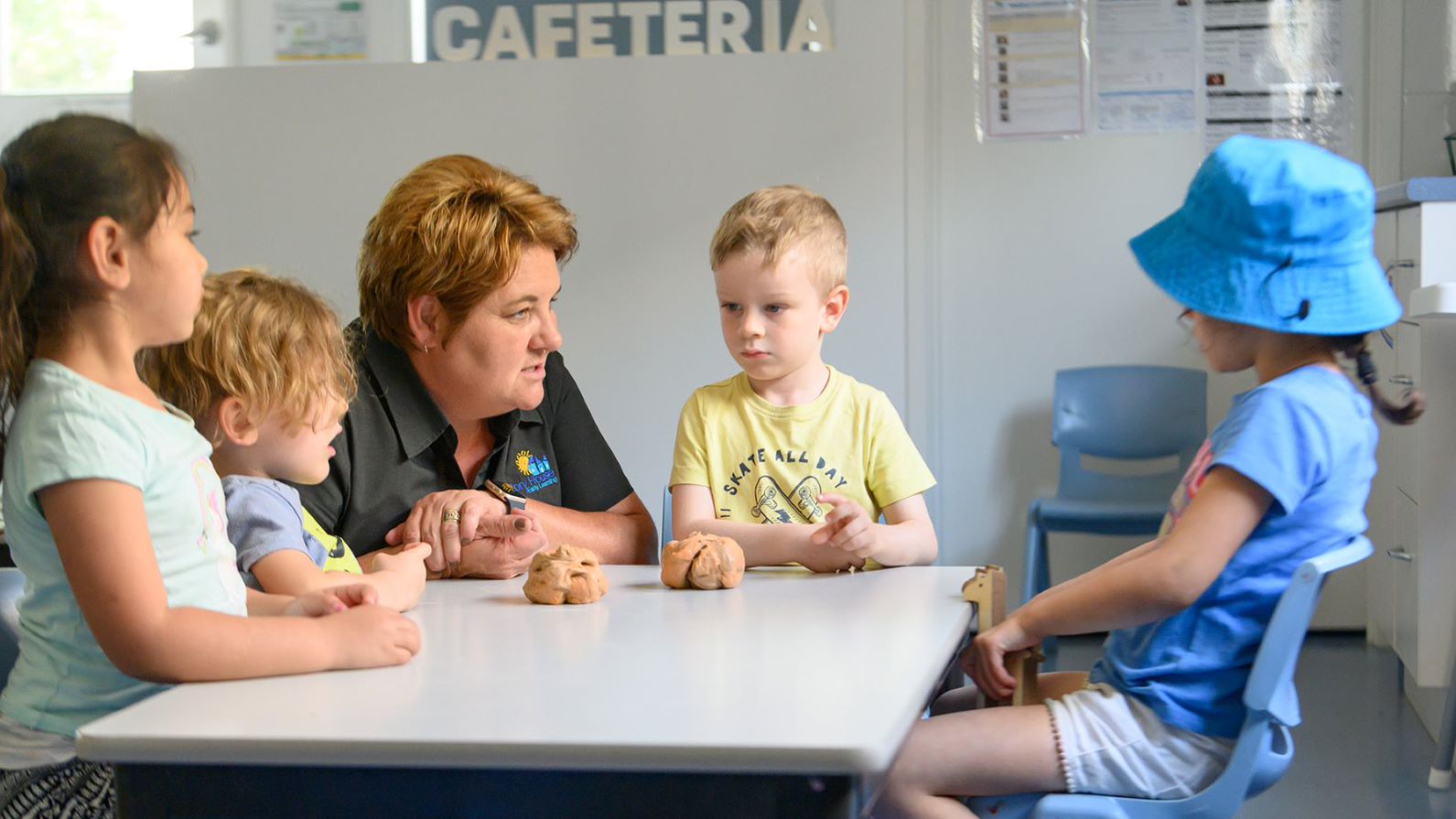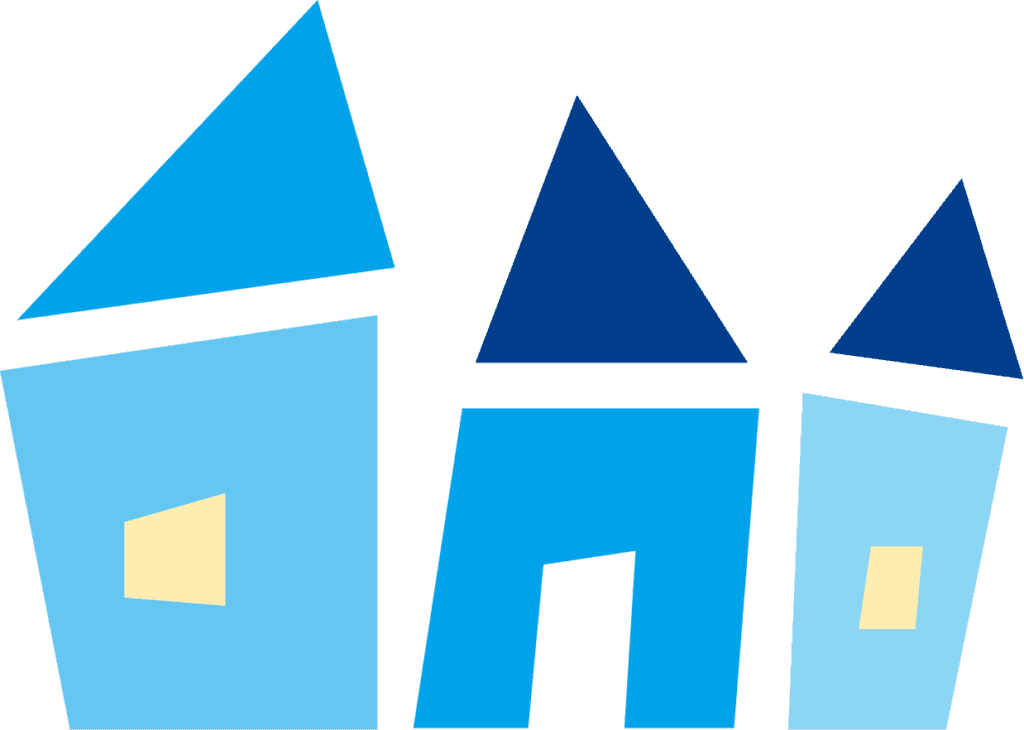That was the vision of the Australian government that led the National Quality Framework in their assistance in putting together the Early Years Learning Framework.
This vision was the overarching hope that aimed to achieve five practical outcomes for our children.
- Children have a strong sense of identity
- Children are connected with and contribute to their world
- Children have a strong sense of wellbeing
- Children are confident and involved learners
- Children are effective communicators
As a part of these goals to improve child development, the centres that are following this framework tend to introduce inclusive practices to assist in teaching children about diversity in their own community.
In its summary, as defined by the National Quality Framework, inclusion means:
“Taking into account all children’s social, cultural and linguistic diversity (including learning styles, abilities, disabilities, gender, family circumstances and geographic location) in curriculum decision-making processes. The intent is to ensure that all children’s experiences are recognised and valued. The intent is also to ensure that all children have equitable access to resources and participation, and opportunities to demonstrate their learning and to value difference.”
However, while that is a great definition, when looking at what inclusion means in local childhood education and care services there are more practical examples that can assist in explaining what it means.
In early childhood education, there tend to be children from all walks of life, and while they are in the same local community, their families or cultural setting may be vastly different from one another. As a result – and to support inclusion – the same learning opportunities, care settings and goal settings should be available for every child.
This could involve making sure all children are active members of every learning program, by planning a learning program which is inclusive and engaging for all children, this could be doing a type of sporting activity where a child who uses a wheelchair can be involved.
It is also about creating a wide range of learning activities in their education and care that caters to a range of interests. Every child might respond better to different types of learning and development, whether that’s through group activities, music or learning through play, it’s important that we provide opportunities that cater to everyone.
By creating this type of diversity and demonstrating inclusive practice you can encourage the children to have open communication about who they are and assist in discovering a child’s strengths.
In early childhood education and care, it’s important that all children benefit from being present in their centre. While much about inclusive practices can be implemented to meet legal standards, for other centres that are passionate about this topic, it becomes fundamental to their thinking and planning.
What makes an inclusive early childhood education centre?
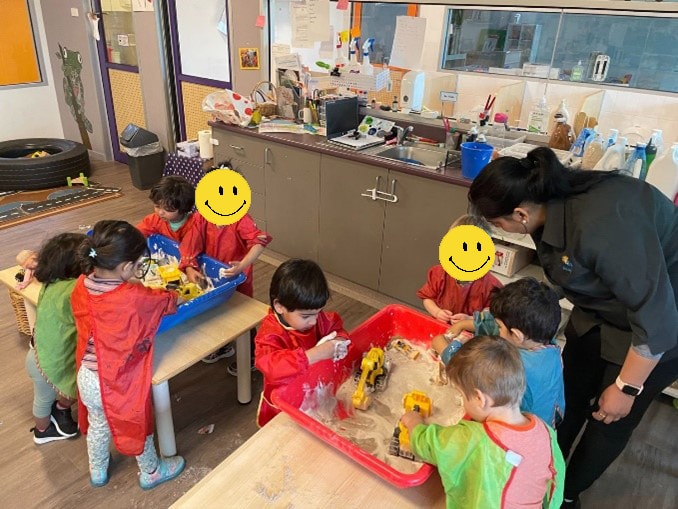
In early childhood education, there tend to be children from all walks of life, and while they are in the same local community, their families or cultural setting may be vastly different from one another. As a result – and to support inclusion – the same learning opportunities, care settings and goal settings should be available for every child.
This could involve making sure all children are active members of every learning program, by planning a learning program which is inclusive and engaging for all children, this could be doing a type of sporting activity where a child who uses a wheelchair can be involved.
It is also about creating a wide range of learning activities in their education and care that caters to a range of interests. Every child might respond better to different types of learning and development, whether that’s through group activities, music or learning through play, it’s important that we provide opportunities that cater to everyone.
By creating this type of diversity and demonstrating inclusive practice you can encourage the children to have open communication about who they are and assist in discovering a child’s strengths.
In early childhood education and care, it’s important that all children benefit from being present in their centre. While much about inclusive practices can be implemented to meet legal standards, for other centres that are passionate about this topic, it becomes fundamental to their thinking and planning.
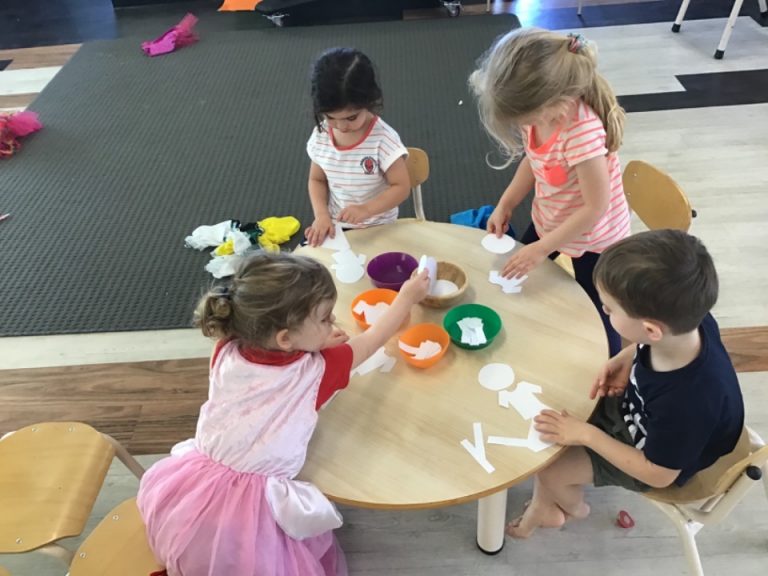
Who benefits from inclusive practices?
While inclusive practices are fundamental to early childhood education in Australia, choosing to support inclusion goes beyond just meeting certain requirements in care settings. Instead, it is about choosing to support the equal access to early childhood education and care that all people should have.
All children benefit from the quality areas of moral development that inclusion creates, but there are specific children it accommodates:
- Children with a disability
- Children with a development delay
- Aboriginal and Torres Strait Islander children
- Children from different cultural or linguistic backgrounds
- Gender-diverse children
- Children from LGBTQI+ families
- Children that require additional needs
- Children with challenging behaviours
- Any child experiencing a social, economic or geographic disadvantage
- Children at risk of abuse or neglect
Early Childhood Australia prioritises inclusive practices to include every child as a valued member of society despite their background. Educators should support every child’s learning and their families no matter the language they speak or any other type of diversity.
Not only does it support these children but it benefits our society as a whole when we learn to be respectful of one another and value every child’s strengths.
How do early childhood educators practice inclusion?
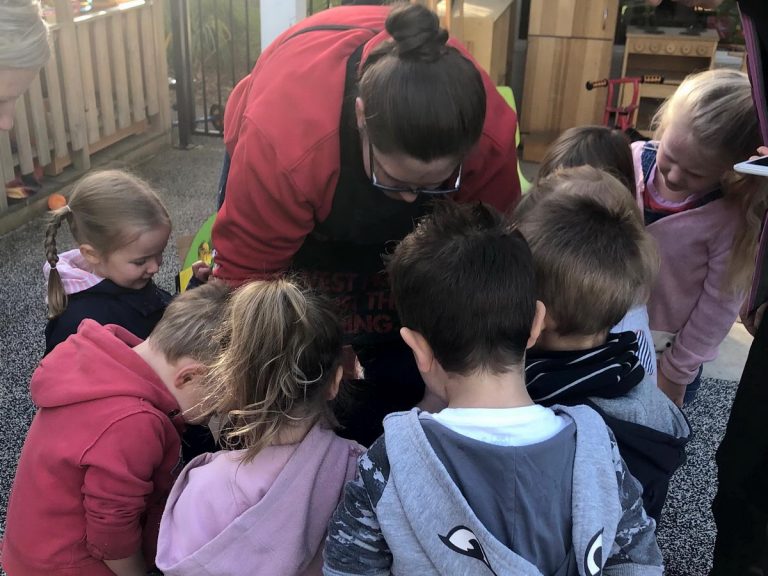
Early childhood educators are pivotal in the practical demonstration of inclusive practice in their care settings. At Story House Early Learning, we have high expectations for our educators and support their professional development so they can be more aware of the diversity around them. We encourage them to participate actively in building our knowledge of how we can better provide access to each program our children participate
Our educators are required to put strategies in place for each program to ensure every child can access and participate. They can do this by:
- Creating a safe learning environment, both physical and emotional, where each child is able to access all aspects of the centre and its programs
- Promoting participation in collaborative problem solving
- Answering questions for every child and their families simply and in a way that is easy to understand
- Supporting children’s social development by encouraging friendships in their community
- Facilitating interactions between other children who are different, including, but not limited to, those with disabilities as well as those who identify as Aboriginal and Torres Strait Islander
- Creating a sense of community where every child is valued, as is their family
- Ensuring that every child is responsible for caring for one another
- Encouraging dialogue about cultural inclusion and support conversations about different disabilities, languages, backgrounds, and other circumstances
- Ensuring every child is in an environment where they are treated with respect and kindness
- Providing resources and strategies to assist in helping families with their child’s development
- Supporting a child’s freedom to access and explore their own ideas, whilst ensuring these are respectful to other children around them
While a lot of these items are based on educators’ personal strategies, each centre can provide resources and professional development opportunities to their staff and encourage them to participate as active members in their local community, which creates a culture where inclusive practice is the norm.
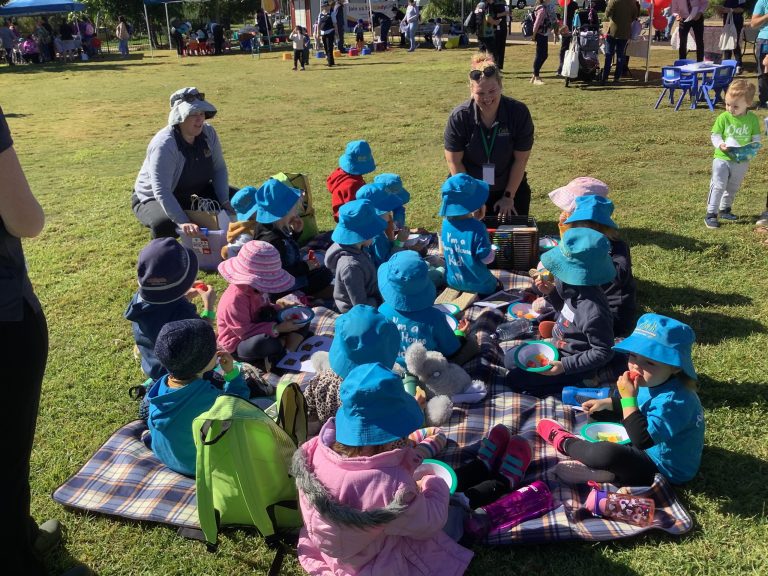
Why is inclusion important in the curriculum decision making processes?
Creating a curriculum that is able to accommodate a wide array of interests and champions inclusion means we are supporting the five practical outcomes of the framework on which we base our early childhood education. The program created for each centre — which is pioneered by our educators’ knowledge of their local community, is tailor-made so that every child and their family has the opportunity to participate and enjoy their education and experience.
If the type of childhood education and care doesn’t focus on inclusive practice, families can feel a lack of support which creates a negative environment for their child’s development.
When educators are making curriculum decisions, they should be basing their decisions on what they know about each child’s strengths, interests and needs. All children have a right to be engaged and valued participants in their own learning which is why considering everything from cultural backgrounds and disabilities should be examined in the planning of their education and resources.
For example, the physical environment in which there is the opportunity for physical play should be able to accommodate a child with a disability, say in a wheel chair and allow that child to explore the space independently. While there are legal standards about accessibility, going above and beyond and providing the space and resources for that child to flourish is an example of inclusive practice in action.
Inclusion means practices that support the education and care of all children
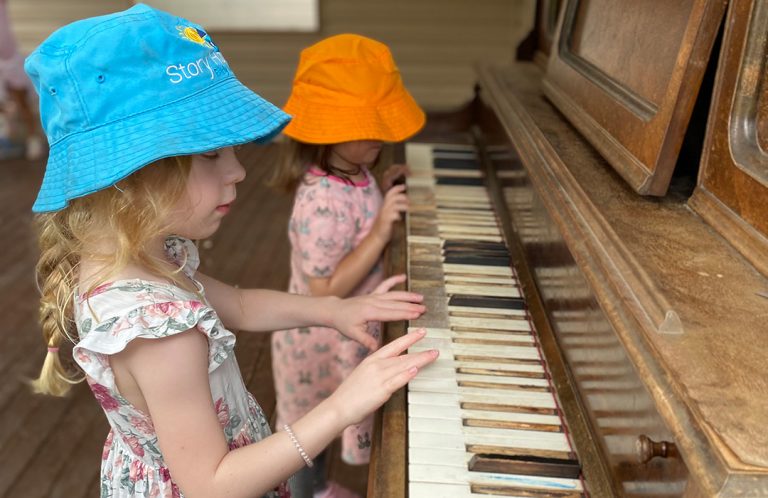
Putting together a list of strategies and a policy on inclusion isn’t enough to say you support each child and their childhood education and care. Instead, you must practically support and provide the resources and educational opportunities to your educators and the families of children with culturally diverse backgrounds or who are affected by disabilities to allow their children to thrive.
Choosing an early childhood education centre that promotes their ability to be inclusive and can actually demonstrate how they do this is important for your child’s personal development. If you do so, you are teaching your child to be effective communicators with people from all walks of life, giving them a strong sense of wellbeing for themselves as well as their community and ensuring they will create a better future for us all. Planting a seed about the importance of inclusion at this stage of early childhood education is fundamental to who they will become as adults.

